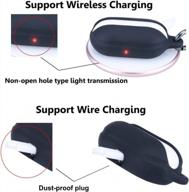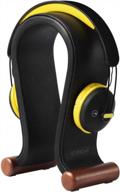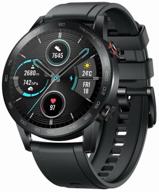
Review on Smart bracelet Xiaomi Mi Band 3 Global, black by Abhey Abhey ᠌

The item is very cool, it could be worse.
In these types of devices, the pulse is measured with the assistance of an optical sensor. Because I do not believe that it is possible to measure the pulse in a manner that is more or less accurate using this method, the incapacity of the device to deal with this task is most likely not a flaw unique to this particular device, but rather one that is shared by all fitness bracelets in general. As the monitoring of sleep appears to be based on the measurement of the pulse, we might conclude that it is pointless. And the use of a wrist bracelet to determine the amount of oxygen that is present in the blood is, in my opinion, completely absurd! In addition to that, verifying the correctness of such measures is not an easy task. I didn't make an attempt to calculate the distance, but it seems evident that any smartphone is capable of performing this duty at least as well as any other, with the exception that you don't have to carry the phone in your pocket at all times. So, in this context, the device is virtually pointless. In conclusion, the device is only suitable for use as a vibration alarm, which is incomparably superior to conventional "sound" alarms. Additionally, it can be used as a "vibration notification" about calls and other events; however, all of this can be found in cheaper models, and I do not see any reason to overpay for non-working functions.
- Notifications of incoming calls and other events, as well as a vibrating alarm clock, are, of course, incredibly important features; nevertheless, these functions may also be found in other bracelets that cost less money.
- Pulse measurement. They display the right heart rate while the subject is at rest and seated in a chair (measured 22 times in a row, 11 times with a finger and a watch, 11 with this device, alternating these 2 methods). Experiment result: 72.45 beats per minute on average, according to the bracelet (69-78) "manual" method: an average of 73.63 beats per minute (70-76) The difference is 1.5%, which is well within the margin of error associated with statistics. When measured manually, however, the spread is only 6 contractions, whereas when measured with a device it is 9 contractions. This suggests that the device is not measuring accurately. When measured while walking and other physical activity (not very intense): - in some cases does not measure at all - in another part shows obvious nonsense - in the third part, the results are plausible, but how much they correspond to reality, one can only guess. The device is not very practical to use as a watch because it is difficult to read in any kind of weather, even cloudy, and it is nearly impossible to view in direct sunlight. In addition, in order to view the time, you need to make a specific movement with your hand or press a button, which means that a "regular" wrist watch performs its function far more effectively. Even with the assistance of the internet, it is not simple to grasp everything that is going on since the user interface of the Mi Fit program, which is required for the bracelet to function properly, is not very convenient and is not very intuitive. Individuals with an IQ below 80, such as myself, may have difficulty operating the equipment. Installing the Master for Mi Band program, which features a more approachable user interface than that of Mi Fit, helps alleviate some of the issues that have been raised. Even though the Master for Mi Band was available, the "notification of exceeding the set heart rate mark" function could not be activated. This is inexplicable when considering the precision of the measurements; even so, it was not possible to use this feature.
New products
Comments (0)
Similar reviews
Top products in 📷 Camera & Photo Accessories
Another interesting products

Soft Silicone AirPods Case Cover With Visible LED - Compatible With AirPod 2/1 Cases, Keychain Accessory Included - Ideal For Men, Women, Girls, And Boys - Light Pink

37 Review

A Durable And Protective CaseSack For Bose QuietComfort And SoundLink Headphones

41 Review

Protective Silicone Cover For Samsung Galaxy Buds & Buds+, Shock Resistant With Carabiner And Fast Wireless Charging Compatibility - Fironst Case For Galaxy Earbuds 2020 (Black)

52 Review

Black Leather Headphone Stand: Universal Headset Holder For Gaming And More - SAMDI Product

42 Review







